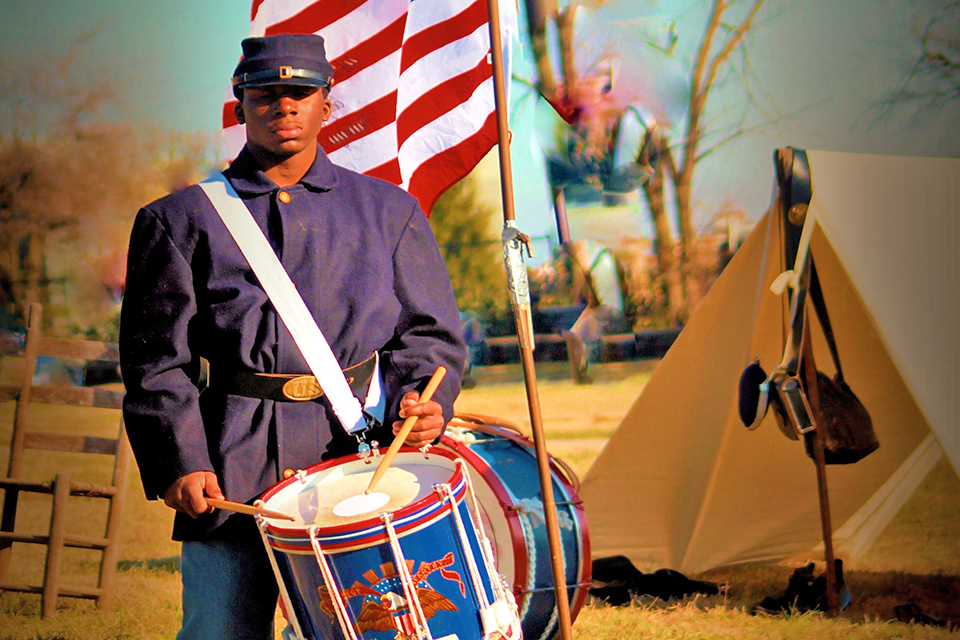Themes
Revealing Cultural Lifeways
Landscapes are palimpsests that can contain the remnants of myriad cultures, often spanning multiple generations. The legacy of these cultural lifeways is often lost through incompatible or insensitive development. For example, sprawl was threatening the ancestral lands of the Pomo people in northern California’s Coyote Valley, while Minnesota’s Boundary Waters Canoe Area Wilderness, home of the Anishinaabe people, faced threats from resource extraction. Cultural landscapes are not just significant historically; they are also living landscapes often rich in ethnographic values and associations.
 Civil War reenactor at Fort Negley, Nashville, TN. Photo © David Wittenberg, 2011.
Civil War reenactor at Fort Negley, Nashville, TN. Photo © David Wittenberg, 2011.
Sites and features from the Colonial-era are also threatened, such as the James River, where proposed transmission towers would negatively impact historic Jamestown, Colonial National Historical Park, the Colonial Parkway, and the Captain John Smith Chesapeake National Historic Trail. Sites significant for their associations with the Civil War and African American history are also in danger; Fort Negley Park in Nashville was one such site, eyed for a mixed-use development. Here, as elsewhere, coalitions and public support have been key to protecting these cultural landscapes and revealing their ethnographic values.